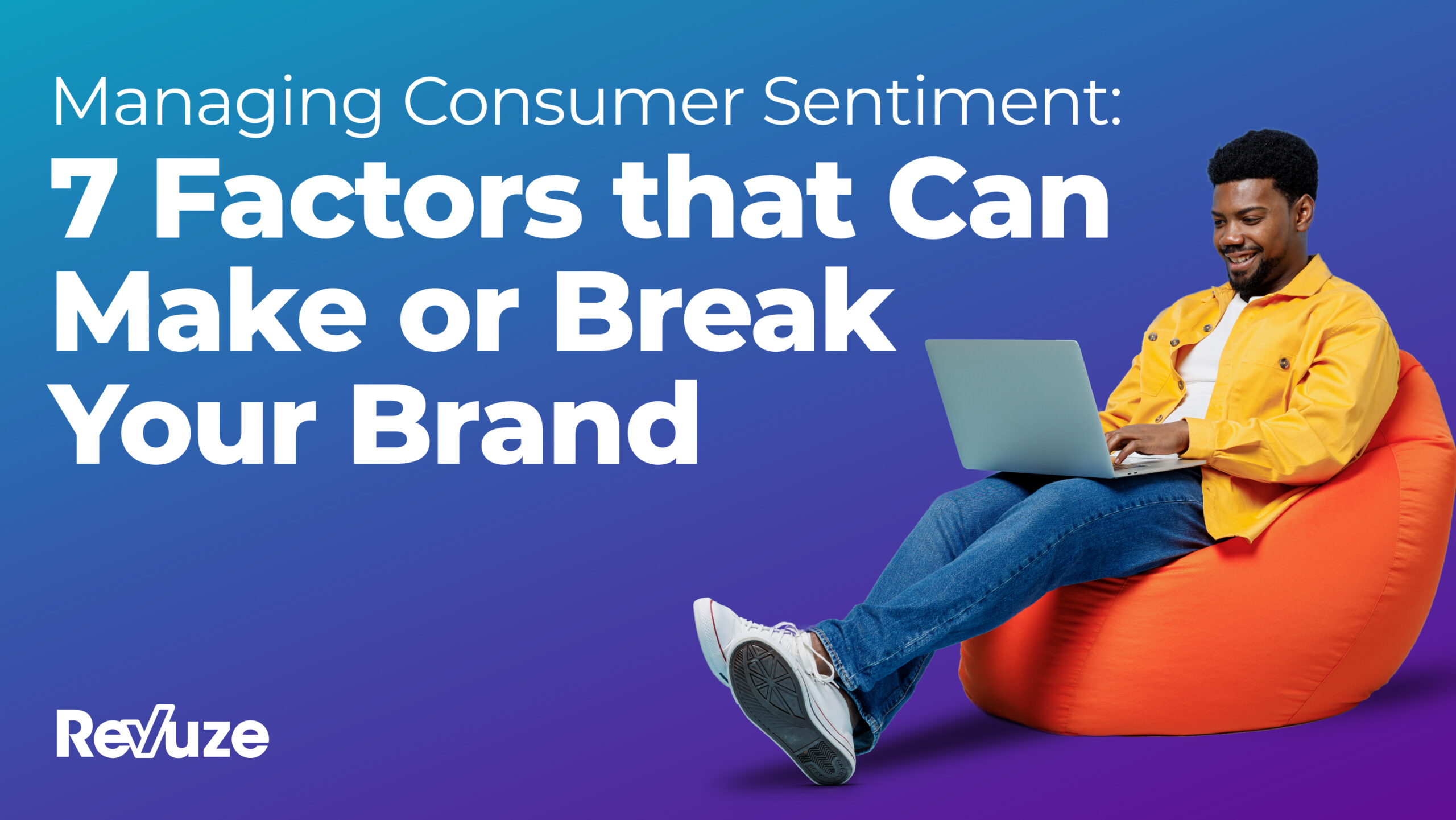
Consumer sentiment is a metric that helps everyone from brand managers to product innovators keep their finger on the pulse of consumers preferences. It’s an indicator for the health of your brand and product. What you look for is consistent numbers month-over-month. However, have you ever looked at your dashboard and panicked when you saw your consumer sentiment was down? You ask yourself what’s changed. Is it an omen of declining sales or is it something else? The fact is sometimes a dip is nothing at all and sometimes there are other factors that are influencing the numbers.
This blog post will explore the different factors that may be influencing your numbers. So before you break out into a sweat, read this blog post.
1. The Impact of Incentivized Reviews
Some of the biggest industries out there like cosmetics, CPG, and food and beverage have regular promotional campaigns to incentivize reviews. In general we know that incentivized reviews, if used extensively, can increase sentiment by up to 10%..
One facet to investigate is whether the incentivized campaign ended. This can impact the mix between incentivized and organic reviews, thereby affecting your overall consumer sentiment. Therefore, it’s important to do an apples to apples comparison, looking at consumer sentiment for organic only or incentivized reviews only. You’ll breathe a sigh of relief when you discover that nothing has changed with your product’s consumer sentiment.
This can be easily done in the Revuze dashboard by filtering on organic or incentivized reviews as seen in the animation below.
2. Review Volume
Let’s face it, there are certain times of year that consumers write more online reviews. Consider the holiday season when gift-giving is at an all time high. It’s safe to say there will be more reviews from consumers as well when compared to the rest of the year. Months with low review volume can make consumer sentiment fluctuate. For instance, a one star review rating can have a significant impact on the numbers. Again, don’t fret! Once the review floodgates open, the drop won’t be statistically significant.
3. Sources
There are so many online retail sources out there. Some of the primary ones in the US are Amazon, Walmart, and Target. Now what happens if other retailers are added like Macy’s or Bloomingdale’s? The source mix can definitely impact the numbers.
The number of sources is one factor, but review volume from each source is another. Let’s say one month, 80% of the reviews are from Ulta and 20% from Amazon and then the following month it’s the opposite. Certain online retailers skew positively because of internal policies. For instance, some automatically remove one star reviews, skewing the review data to be positive overall. Demography also plays a role. Think about sites like Ulta or Sephora that have an overwhelmingly female audience. Reviews from women may also skew positively. So if the review volume from such is site is higher one month, the sentiment reflected may be different and it has absolutely nothing to do with your product.
The best way to verify that the sentiment numbers are consistent is to isolate each source and do a deep dive into the numbers. If you’re looking at sentiment from Amazon and nothing has changed, you can rest assured that you have nothing to worry about.
4. Quality Issues
Unfortunately, sentiment changes are indeed an indication of emerging product issues and can predict a drop in sales. Let’s explore some of the reasons for this phenomenon.
- Formula changes: Due to regulations, companies substitute an ingredient for something more acceptable. For instance, titanium dioxide, a whitening agent added to foods and beauty products, was banned in the EU. Now companies must scramble to find a suitable replacement that will still satisfy consumer preferences. The new ingredient can impact everything from the smell to the texture of the product. Substitutes that don’t meet consumer preferences may cause a dip in sentiment.
- Quality Control: Recently, Western Digital made headlines because of a data loss issue that consumers experienced with their SSD cards. This is a result of a component in the product.
- Packaging: It is no secret to anyone that consumers “judge books by their covers”, making product packaging an important part of consumer sentiment. Sometimes packaging changes are driven by internal decision-makers and should be reviewed internally.
However packaging often has to comply with FDA regulations by highlighting product ingredients on nutrition labels. High fat, sodium, or sugar products are tagged prominently to educate consumers. Consumer buying preferences may be influenced by bringing unhealthy ingredients to light. Just think about all the menus in fast food restaurants that show the calorie count. Case in point, this Pumpkin Spice Frappuccino has 420 calories. It’s enough to make any consumer think twice!
5. Innovation
Consumers are always looking for the next cool gadget or fad. Just think about the evolution of mobile phones. In the 90’s the Nokia candy bar phone was all the rage followed by Blackberrys. Ultimately, they were both quickly supplanted in 2007 with the emergence of the iPhone and other smart devices.
So as your own company and competitors launch new products, they can take a toll on existing product offerings. That’s why it’s important to stay ahead of the curve to identify upcoming trends using SWOT analyses based on online consumer reviews.
6. Influencers
Whether it’s Instagram or Tiktok, social media influencers drive consumer purchases and sentiment around products. Take TheraBreath mouthwash which benefited from a huge spike in discussion volume and sentiment because of Tiktok.
Here’s a taste what the consumers had to say:
- “Saw this on TikTok and had to try it, its like no other mouthwash, its not too harsh and doesn’t make my eyes water. Would def recommend”
- “Saw a review of this product on TikTok. Came over got it. Been using it for almost a year now, don’t regret a thing ????”
- “Saw this on tiktok and it actually works. Highly recommend and its great if your sensitive.”
7. External Factors
One of the most glaring examples of external factors is really the Corona pandemic. It affected the entire supply chain for everything including household products like toilet paper. When it came to demand, everyone was looking for disinfectants like the Lysol spray. During that time, the supply just couldn’t keep up with the demand. The chart below highlights the consumer sentiment for the Price/Value for Money topic during the Corona pandemic. As you can see sentiment skews negatively during the height of the pandemic which reflects supply and demand.
Conclusion
When sentiment drops remember to stay calm, and carry on. Explore the impact of incentivized reviews, review, volume, and your source mix. Remember to do apples to apples comparisons by isolating sources, organic/incentivized reviews, and study the review volume. These factors may be impacting the numbers when product quality has remained the same. Once those issues have been addressed, then investigate how product quality and other external factors are impacting the consumer sentiment. Remember to use a platform like Revuze which empowers you to filter on the parameters you need to isolate and gives you granular online review data powered by generative AI.
 All
Articles
All
Articles Email
Analytics
Email
Analytics






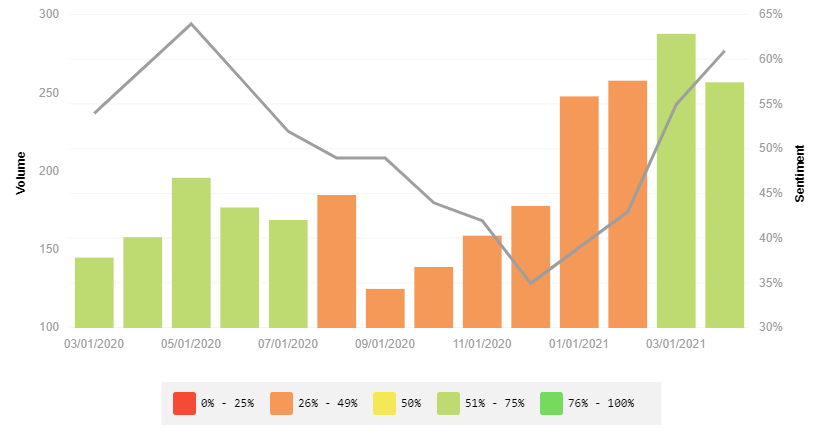
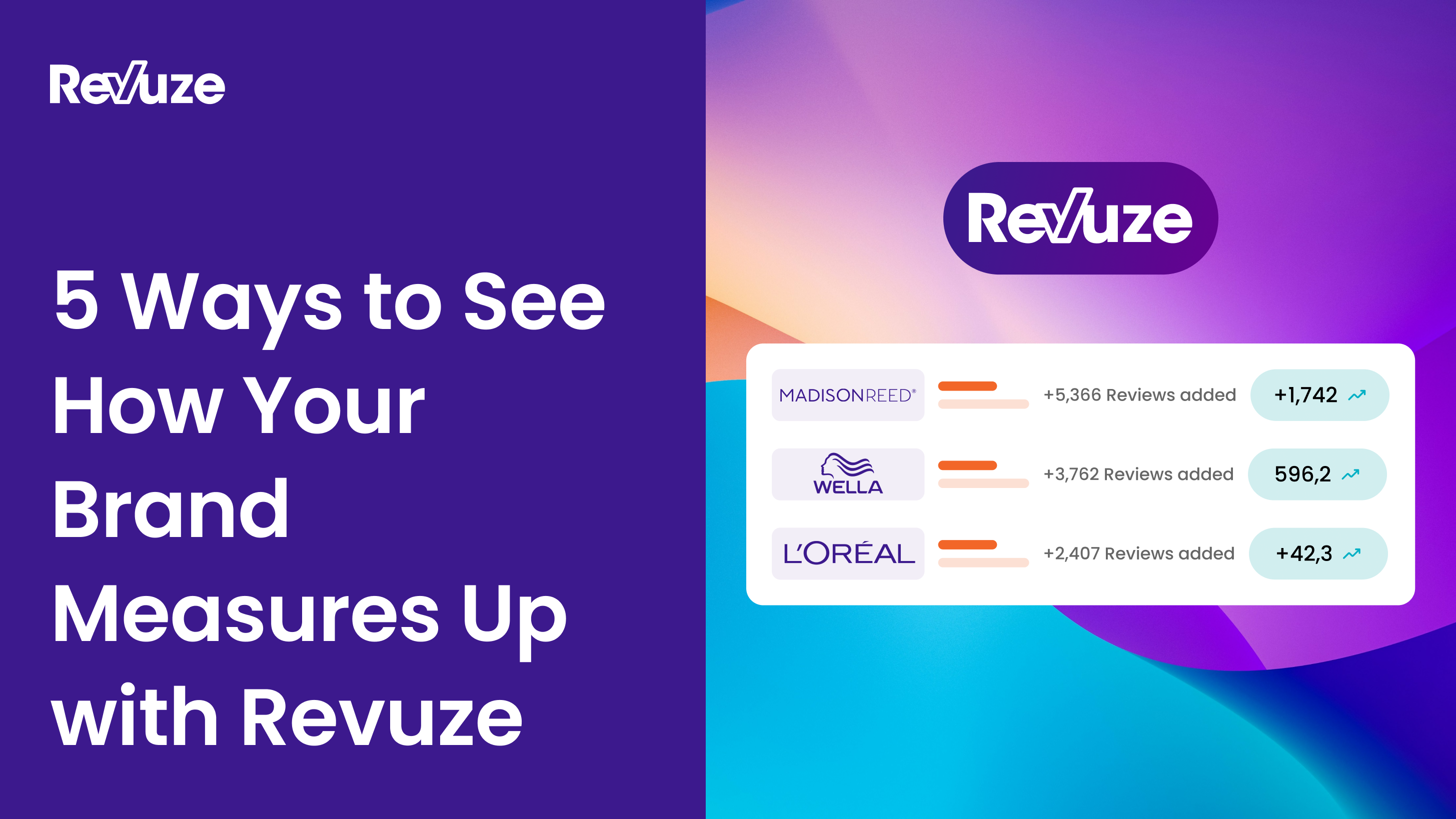
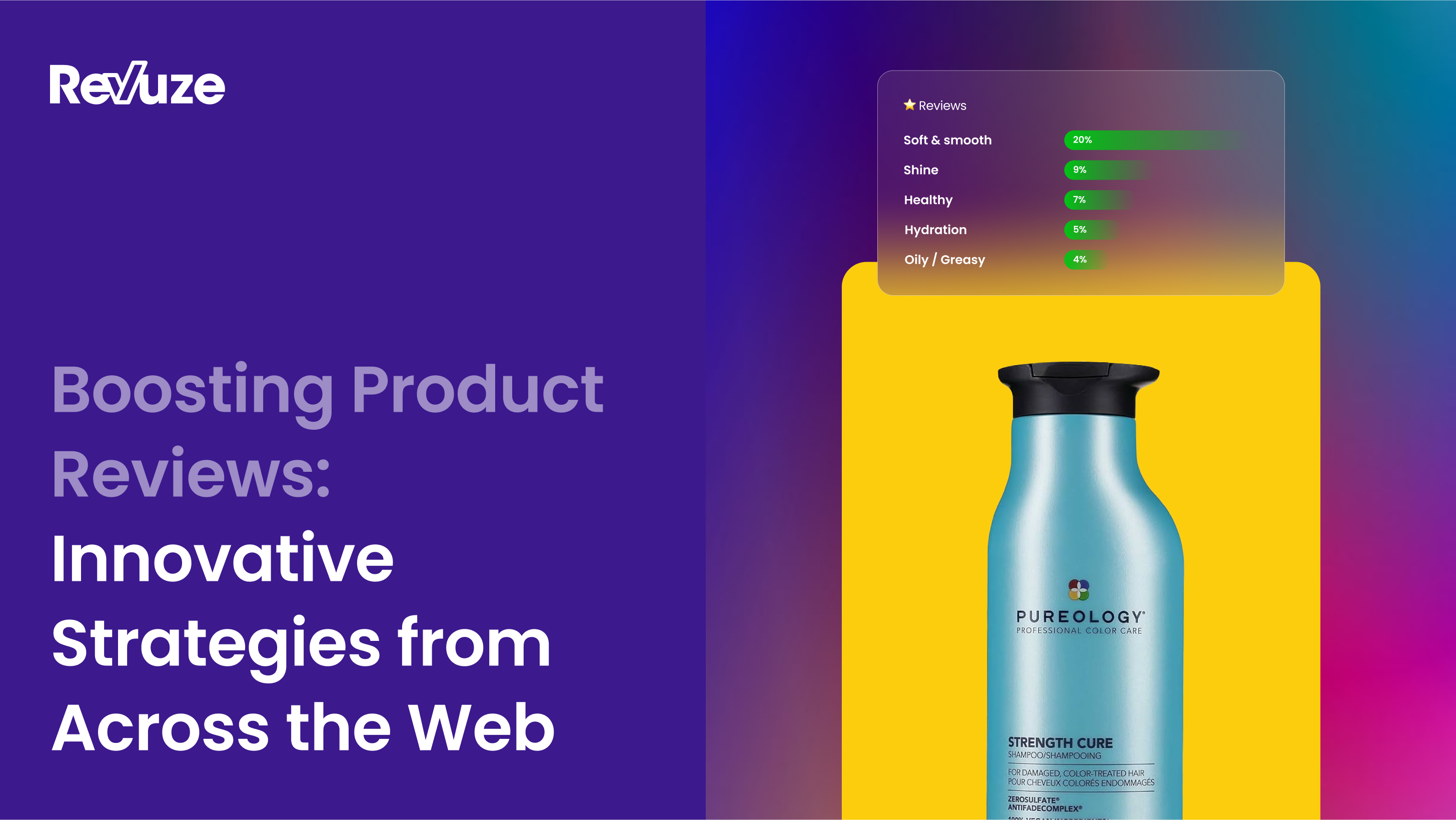
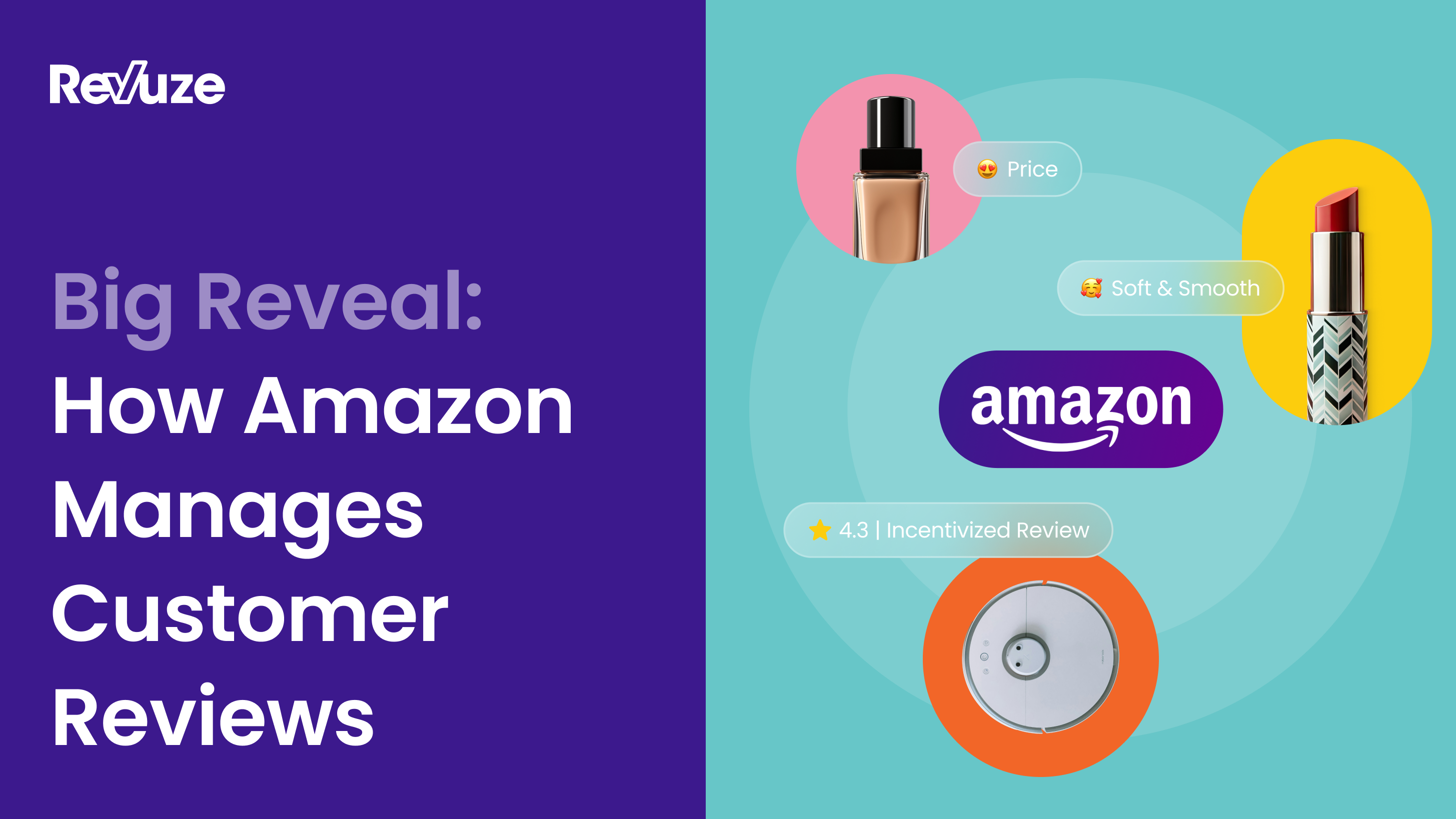
 Agencies
Insights
Agencies
Insights